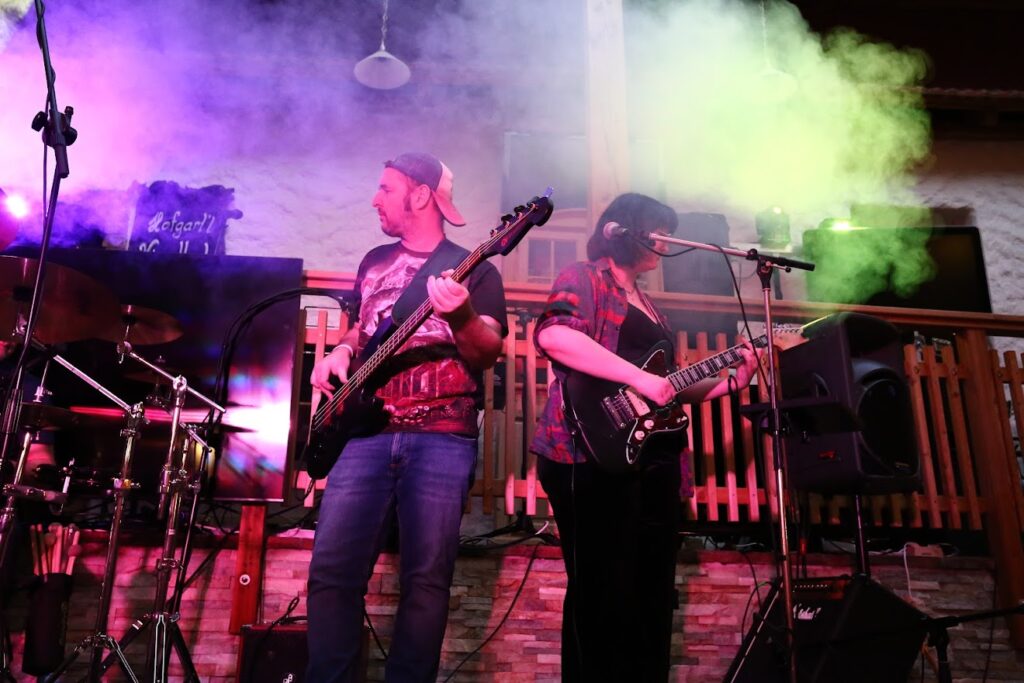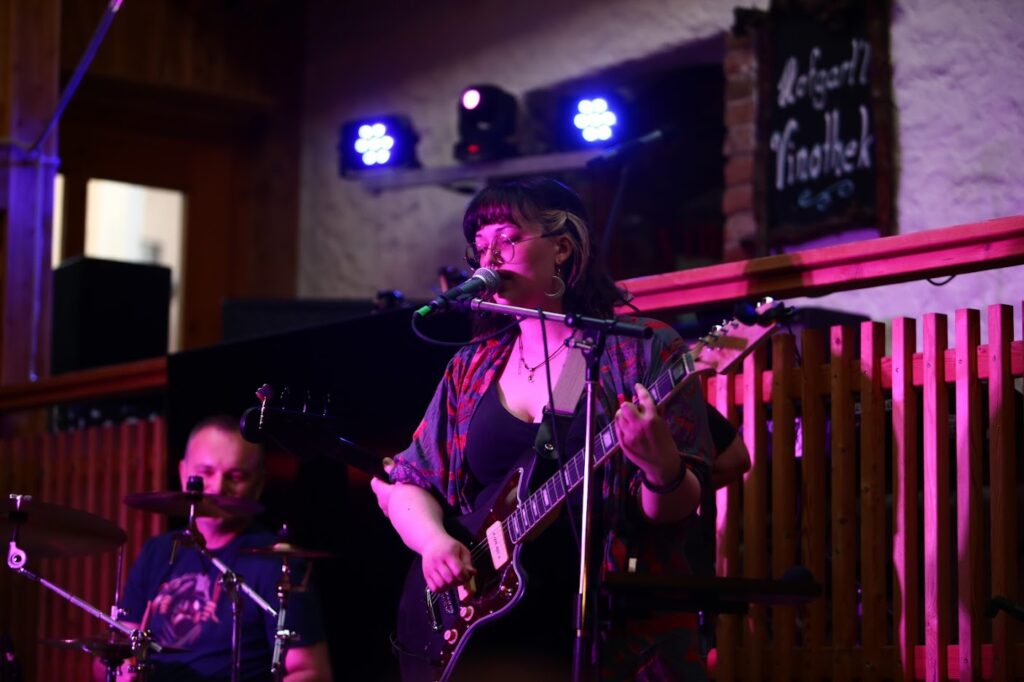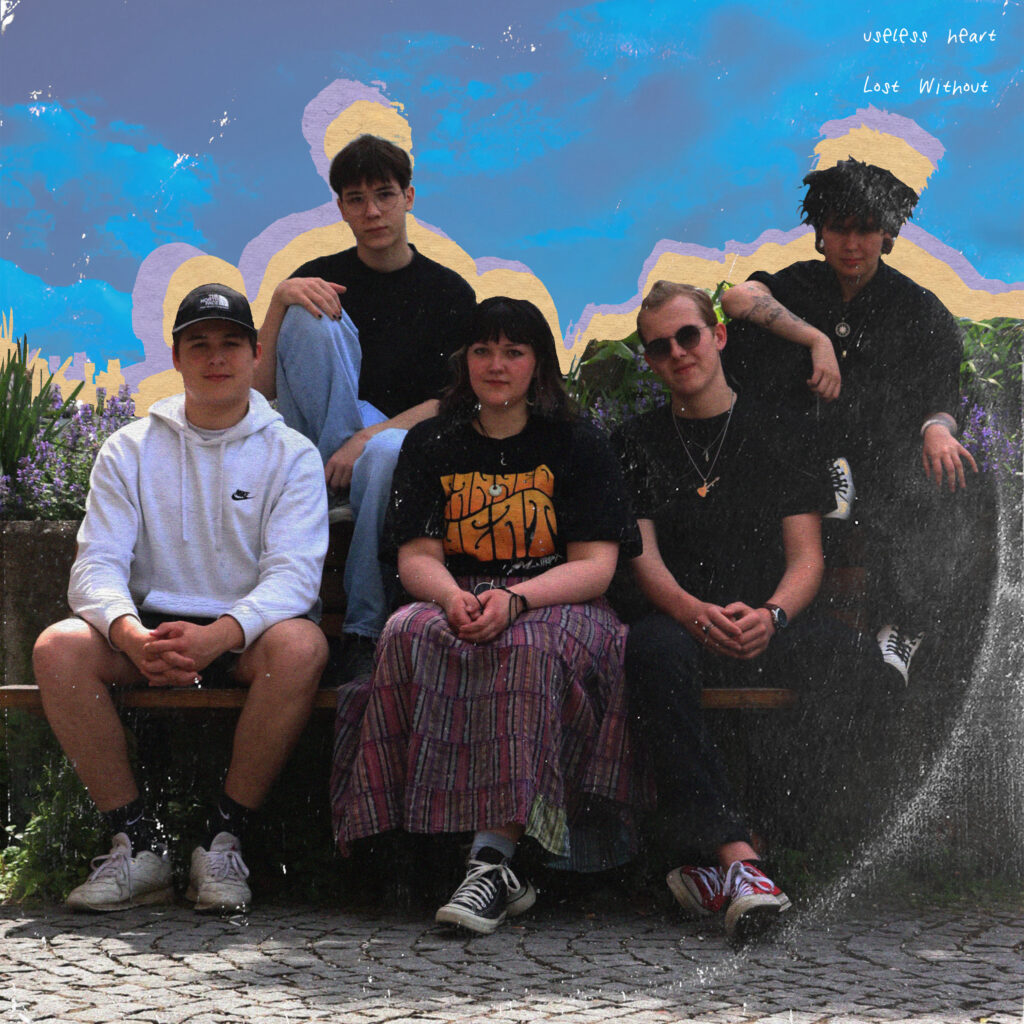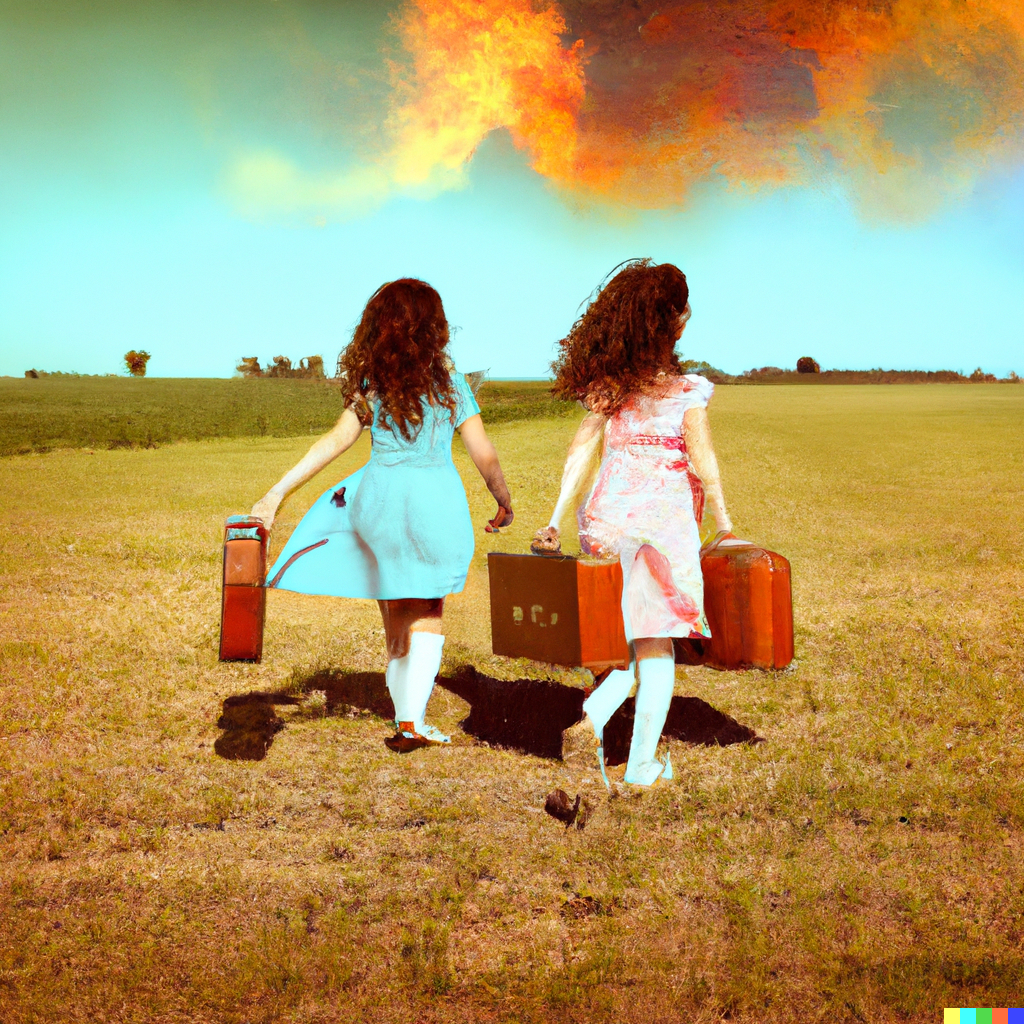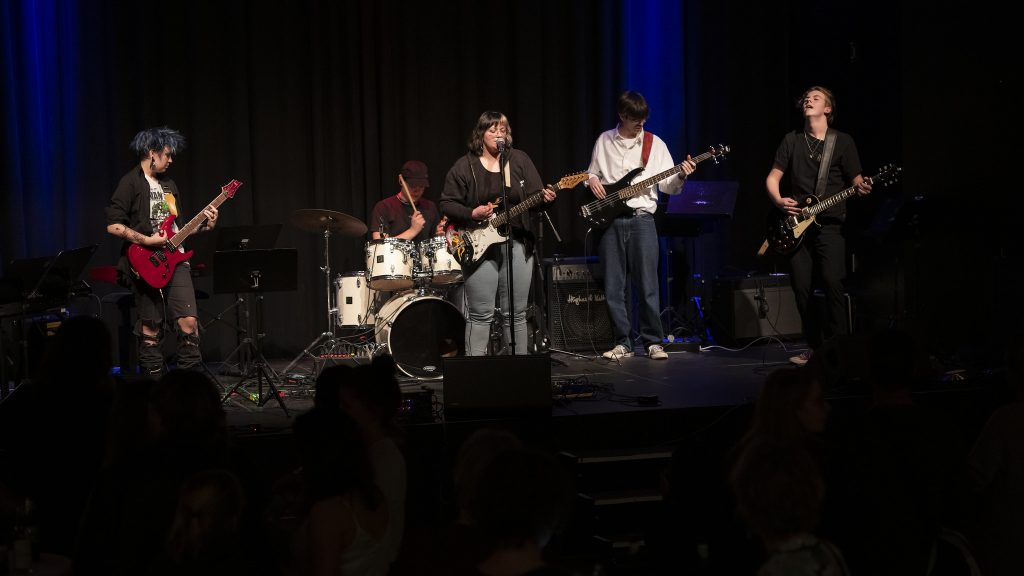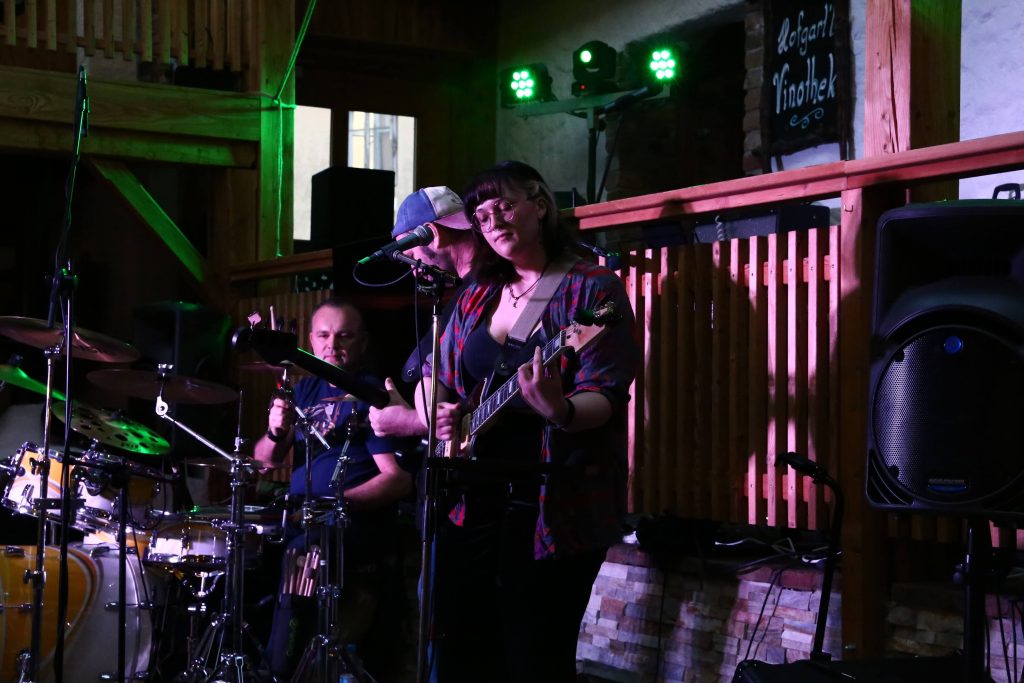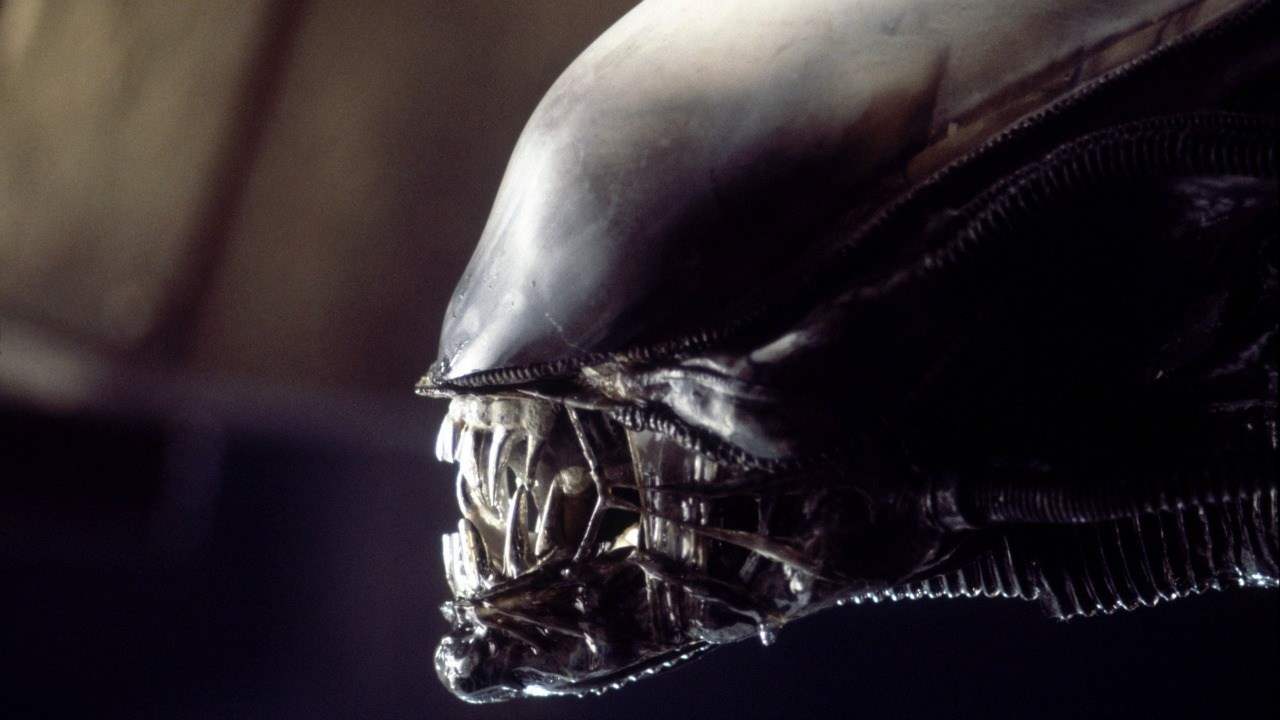Summer 2022 – Discontinuation of „Night Voc“
October 2022 – Lost Without Band formed at Music School Linz
April 2023 – Rehearsals for the realization of the concept album „Life and Death of a Dream“ start
2023 – continuous solo experiments
November 2023 – planning EP with Lost Without
2024 – Premiering Life and Death of a Dream in concert
Night Voc
Among my reasons for not continuing within this project was that the songs I am writing usually ask for a variety of different genres, in short I was writing songs for 4, possibly 5 different bands. Compromising meant to realize all songs half-heartedly, stripping them from their concept and context. My interest in a purely modern Indie Rock Project grew, as well as my interest to found a more progressive, open art rock group. As a band, we did not manage to embrace either style fully and give up on at least half of the catalogue we had already established. Eventually the differences in vision caused us to split.
play w yourself
After seperating from the band I had worked with for 5 years, I felt sad and lost. The prospect of stepping up to become a band leader to the type of project I envisioned was too scary to face at the time, as I didn’t have much confidence in my abilities. I found creating an album completely on my own to be the ideal way to bridge the gap, where I got to be completely free of genre and marketing expectations, only realizing what I found within myself and understanding the level of my skills. Not knowing what I wasn’t doing well turned out to be scarier than knowing.
Lost Without and Prog Rock Project
I am currently singing and songwriting in two bands that represent exactly my main fields of interest. While Lost Without is a straight forward Indie Rock Project with other young musicians who are ambitious and learning, the Prog Rock Band is an ambitious conceptual project, bringing together different, very skilled and unique musicians to create something out of the ordinary. My guitar skills are too weak for this one, but so far the songwriting and singing is coming together nicely with the input of the rest of the band. I also still pursue my solo work as a way to deal with ideas that are not the right fit for either Group and with this I find myself fully occupied.
Education
Coming from an intuitive approach to making music, learning theory at music school really expanded my horizon in songwriting, arrangement as well as communication with other band members. I also profit from practical input in songwriting and arrangement.
Additionally, studying in the master of timebased media provides me with the insight I need to reimagine and contextualize my work in a deeper way. I always find myself looking for a new path to take, but when I lack the ideas it’s frustrating. As much as striving for musical professionalism takes away from my sense of my own perceived inventiveness (an important motivator), dealing with transmedia art feeds back into it. I am enjoying this dynamic.
Future
A band is a team, the team is comprised of individuals. There is no way to control what happens, but that is part of the appeal. Working alone really showed me how much I love working with others, while it also gave me solid ground to fall back to and a place to experience complete artistic freedom. Whatever happens, I’m hoping to continue expanding my horizon.

